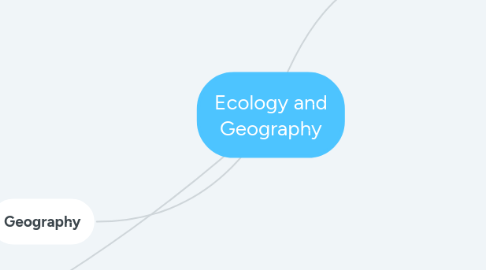
1. Compressibility
2. Geography
2.1. Divisions of geography
2.1.1. Human Geography
2.1.1.1. Cultural Landscape
2.1.1.2. Auxiliary sciences
2.1.1.2.1. Anthropology
2.1.1.2.2. Demography
2.1.1.2.3. History
2.1.1.2.4. Economy
2.1.1.2.5. Political science
2.1.2. Physical Geography
2.1.2.1. Geographical facts
2.1.2.1.1. Natural landscape
2.1.2.2. Geographical phenomena
2.1.2.2.1. Volcanism
2.1.2.2.2. Seismecity
2.1.2.3. Auxilary sciences
2.1.2.3.1. Biogeography
2.1.2.3.2. Meteorology
2.1.2.3.3. Hydrology
2.1.2.3.4. Geology
2.1.2.3.5. Geophysics
2.1.3. Biological Geography
2.1.3.1. Climate
2.1.3.1.1. Elements
2.2. Geographical science
2.2.1. Methodological principles
2.2.1.1. Location
2.2.1.2. Causality
2.2.1.3. Relation
2.2.1.4. Generality
2.2.1.5. Evolution
2.2.2. geographical references
2.2.2.1. Hemispheres
2.2.2.2. Poles
2.2.2.3. Equator
2.2.2.4. Meridians
2.2.2.5. Parallels
2.2.3. Cartography
2.2.3.1. Maps
2.2.3.1.1. Kinds of maps
2.2.3.1.2. Elements
2.3. Galaxies
2.3.1. Spiral shape
2.3.1.1. Milky way
2.3.1.1.1. Solar system
2.3.2. Elliptic shape
2.3.3. Irregular shape
3. Ecology
3.1. Community
3.1.1. Habitat
3.1.1.1. Biomes
3.1.2. Emergent properties
3.1.2.1. Species richness
3.1.2.2. Composition
3.1.2.3. Structure
3.1.2.3.1. Horizontal stratification
3.1.2.3.2. Vertical stratification
3.1.2.4. Physiognomy
3.1.2.5. Diversity
3.1.2.6. Successional status
3.2. Branches of ecology
3.2.1. Autecology
3.2.2. Synecology
3.2.2.1. Density
3.2.3. Population ecology
3.2.3.1. Emergent properties
3.2.3.1.1. Size
3.2.3.1.2. Distribution pattern
3.2.3.1.3. Demographic Parameters
3.2.3.1.4. The population growth rate
3.2.3.1.5. Population structure
3.2.4. Ecosystem ecology
3.2.4.1. Enviroment
3.2.4.1.1. Biotic factors
3.2.4.1.2. Abiotic factors
3.3. Method of study
3.3.1. Observe and measure phenomena or characterization
3.3.2. Form Hypothesis
3.3.3. Experiment
3.3.4. Make Conclusions
